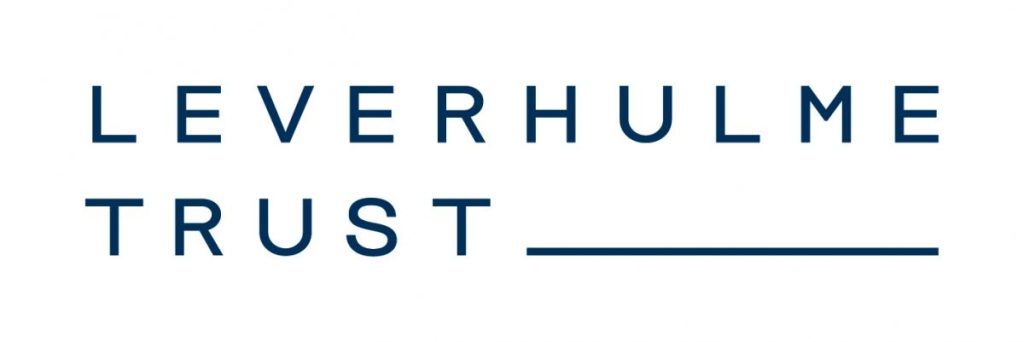Resource Use and Environmental Futures
Timely interventions that examine the power relations between Indigenous actors and the world’s most pressing environmental challenges.
Learn more
Treatied States of America: Interior Diplomacy and the Contest for (Native) American Resources
Leverhulme Major Research Fellowship, 2024-2027
People: Professor Charles Prior
The geo-politics of net zero will be shaped by some of North America’s oldest diplomatic agreements – 368 treaties between Native American nations and the US government. Indigenous resurgence since the 1970s gives historic treaties new prominence in questions of land and resources in addition to law, constitutionalism, and the jurisdiction of governments.
Long seen as instruments that drove the annexation of Indigenous land and resources, treaties are re-emerging in different form: as the constituent elements of interior diplomacy, a rules-based system that structured the negotiation of the nation-to-nation relationships that are deeply rooted in the inter-cultural history of North America.
In this project, I will use the concept of interior diplomacy as a lens to reveal how these diplomatic foundations are the key to placing Native American lands and resources into a fresh perspective, as the United States opens new energy and resource frontiers within its borders, in regions that are designated as Native American territory.
Recent Indigenous-led protests linked to oil pipelines, dams, water rights, logging, lithium, uranium, and copper mining form part of a long history of tension over the ownership of resources and cut to the heart of how treaties and associated legal protections are interpreted and disputed.
Given that treaties have always been intersectional points of negotiation, they are the ideal lens to apply to the analysis of the US’s national strategy to manage ‘Natural Assets’ on the one hand, and the resurgent sovereignty of the Native nations whose lands contain a large share of those assets on the other. From pelts to pipelines, treaties shape the past and future of resource sovereignty and the environmental history of the United States.

Water Cultures in Conflict at Pebble Mine, Bristol Bay, Alaska
People: Monty Simus
This project applies an interdisciplinary lens to investigation of one of the world’s most emblematic water and environmental conflicts, using it as an index to inform future debate and decision-making.
Pebble Mine is the second-largest gold deposit in the world and if exploited, will yield up to $500 billion. However, it is also at the headwaters of two of the five major river drainages that supply Bristol Bay, the world’s largest salmon run. Salmon underpin around 75% of all local jobs and the subsistence lifestyles of many Alaskan Indigenous peoples. The United Tribes of Bristol Bay strongly oppose the 10 billion tons of toxic waste they say the mine will generate, waste that will need to be treated in perpetuity.
Drawing upon canvassed and crowd-sourced interviews, as well as corporate, legal, NGO and tribal documents held at the University of Juneau, it brings approaches to resources as articulated by Indigenous leaders, mine and resource workers, state and federal officials, corporations, environmentalists, NGOs and community groups into critical and creative tension.

